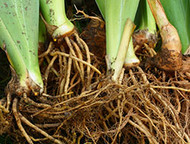Buy Trees Bare Root Versus Containerized Trees
Feb 21, 2018
Buy Trees Bare Root Versus Containerized Trees
When it comes to fall or spring landscaping, people who are planting trees for the first time can choose between saplings with bare roots, those with roots wrapped in plastic or those grown in containers. Which one is best?
Out of the two types, many gardening experts recommend bare root plants. The reasons behind this are many and include:
More species of trees are sold with bare roots. The reason for this is simple: bare root saplings don’t take up as much space as those grown in containers or wrapped in burlap, so there can be many more of them in a limited area. There are trees, especially grafted fruit trees such as apples, that are only sold with bare roots.

Bare root saplings are less expensive than plants grown in containers. In some cases, it can cost half as much to buy a bare root tree that it costs to buy one in a pot. Bare root saplings don’t weigh as much as those grown in containers, so their shipping costs are less. Taking care of a bare root conifer or hardwood is less labor intensive than caring for one in a container.
Since saplings with bare roots weigh less than those grown in containers, they are easier to carry around. They do not need to be shipped via special delivery, and if the gardener is buying from the nursery, they can just be popped in the back seat during the drive home.
Trees that come with bare roots are more natural to plant and can be planted by one person.
Bare root plants tend to establish themselves more quickly as they aren’t subjected to the transplant shock of a container grown plant.
The roots of bare root trees are easier to see. This is obvious, but being able to see all the roots makes it easier to notice those that are weak or defective, and snip them off.

When to Plant
When to plant depends on the hardiness zone. Plant in the cooler months in warmer climates, and plant when the soil is thawed out in colder climates, though the gardener should be careful of late fall planting in climates that get extremely cold winters. Bare root trees should always be planted when they are dormant to avoid shocking them.
How to Plant
The procedure for planting a bare root tree is a bit different from planting one in a container or burlap. First, the roots should be placed in water and allowed to soak for about an hour. They should not be soaked for more than a day. If the plant can’t be planted the same day it arrives, put it back in its plastic wrap, and put in a place that is cool and dark.
The hole dug should be deep enough to accommodate the roots, and give them some room to spread out over the years. Backfill does not have to be made of compost but can be the soil that was removed to dig the hole. Some gardeners toss in a handful of fertilizer, cover it with soil so it won't burn the roots, then plant the tree.
When the sapling is placed, the roots should be spread out, and the plant should be vertical. A tree that’s planted at an angle is going to grow that way. One way to keep it straight is to stake it, especially if it’s growing in a windy area. If the tree is being planted on a hill, mound up soil at the lower end to form a berm. This helps the soil hold on to water.
Refill the hole, and stamp on it to remove air pockets. Water deeply then seal on the soil again. Water a few times a week until the tree is established.

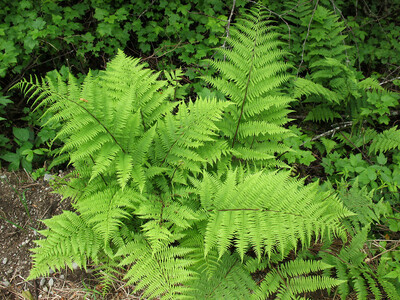 Native Ferns
Native Ferns
 Native Mosses
Native Mosses
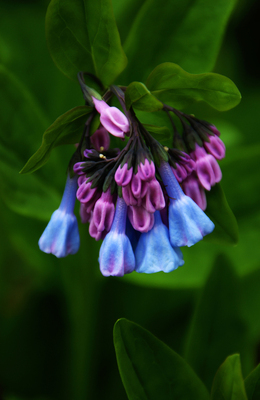 Native Perennials
Native Perennials
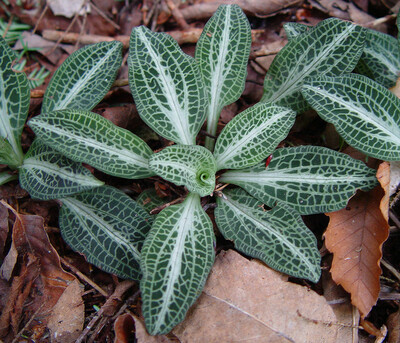 Native Ground Covers
Native Ground Covers
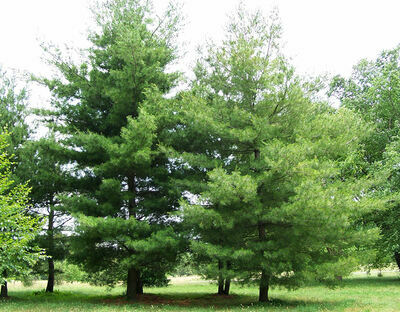 Native Trees
Native Trees
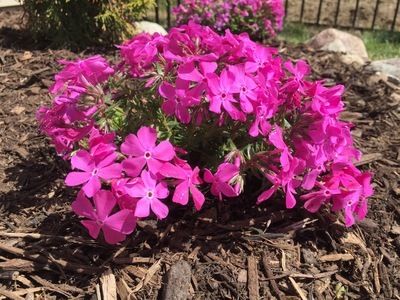 Shop By Zone
Shop By Zone
 Flowering Groundcovers
Flowering Groundcovers
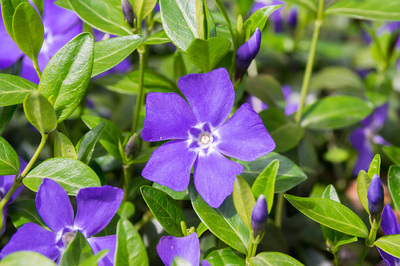 Evergreen Groundcovers
Evergreen Groundcovers
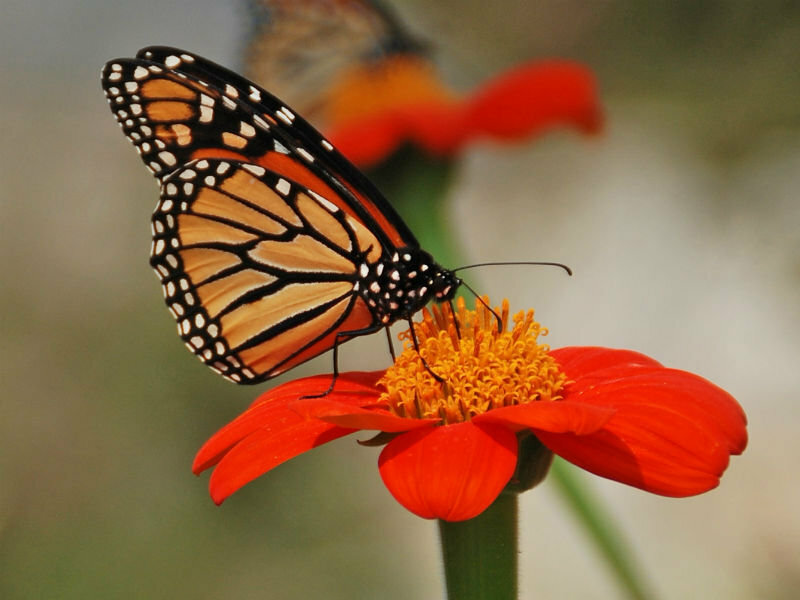 Pollinators
Pollinators
 Shop Bloom Color
Shop Bloom Color
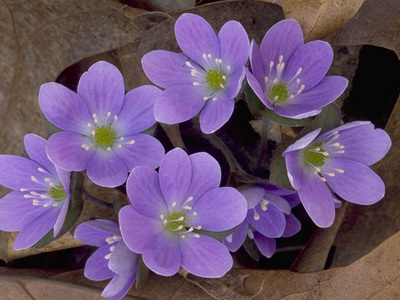 Perennials By Zone
Perennials By Zone
 Medicinal Herb Plants
Medicinal Herb Plants
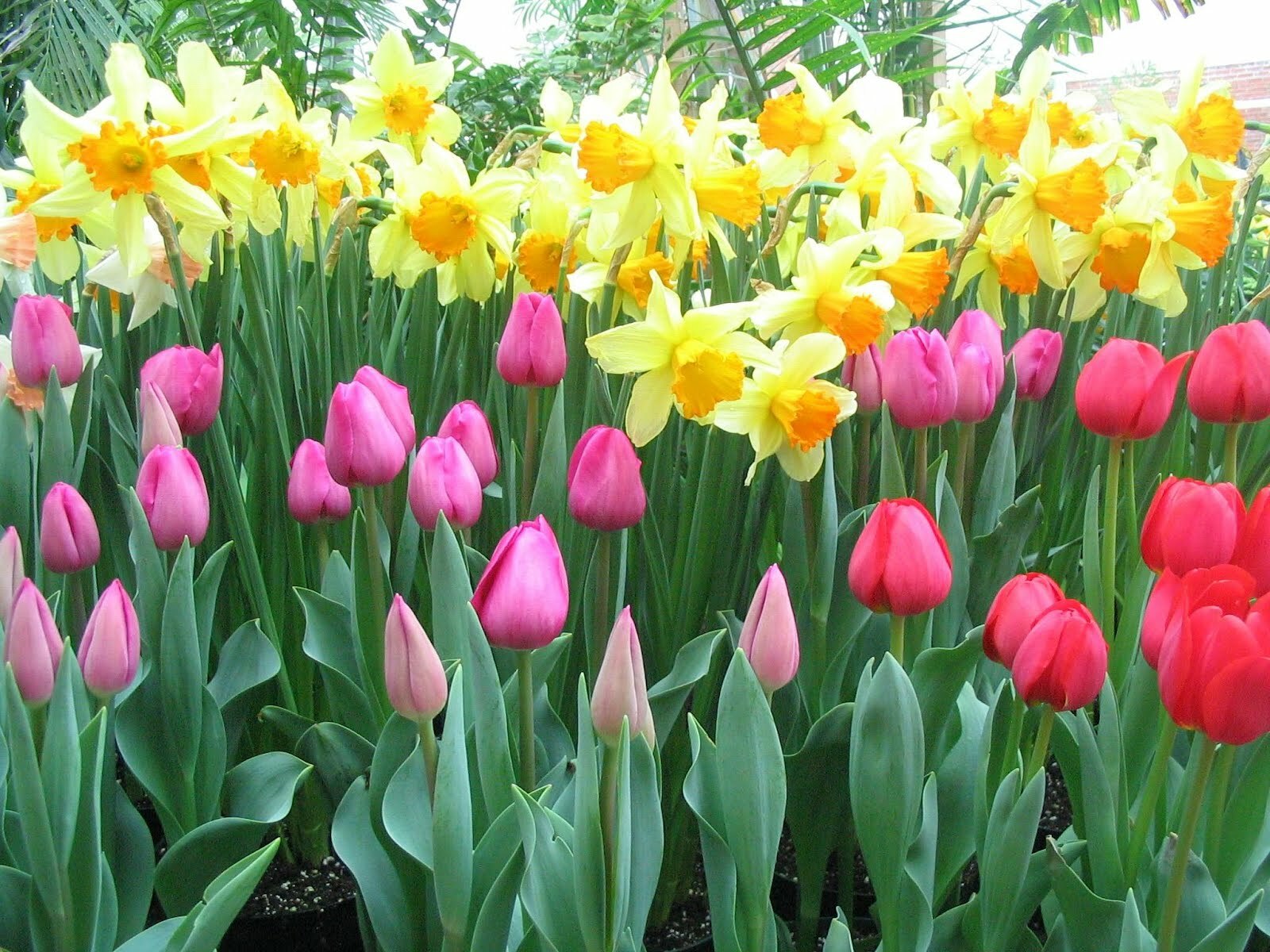 Spring Bulbs
Spring Bulbs
 Trillium
Trillium
 Ferns for Zone 3
Ferns for Zone 3
 Ferns for Zone 4
Ferns for Zone 4
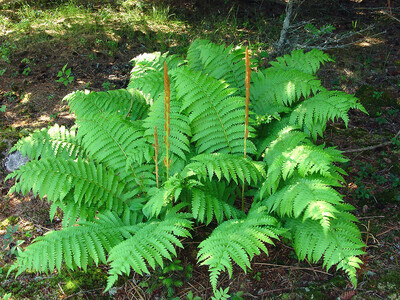 Ferns for Zone 5
Ferns for Zone 5
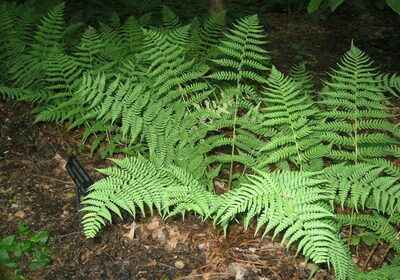 Ferns for Zone 6
Ferns for Zone 6
 Ferns for Zone 7
Ferns for Zone 7
 Ferns for Zone 8
Ferns for Zone 8
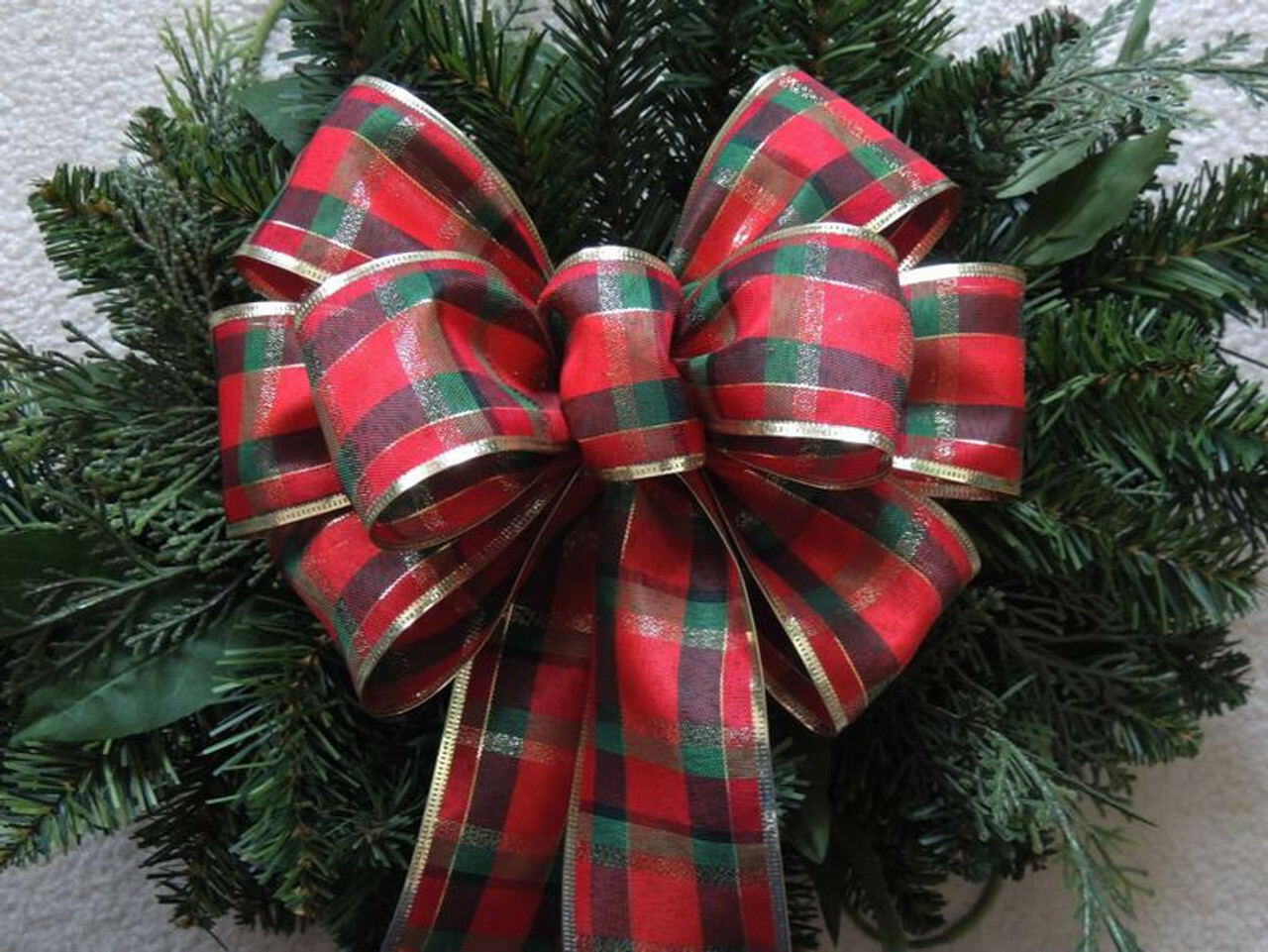 Christmas bows
Christmas bows
 Fresh Wreaths
Fresh Wreaths
 Garlands
Garlands
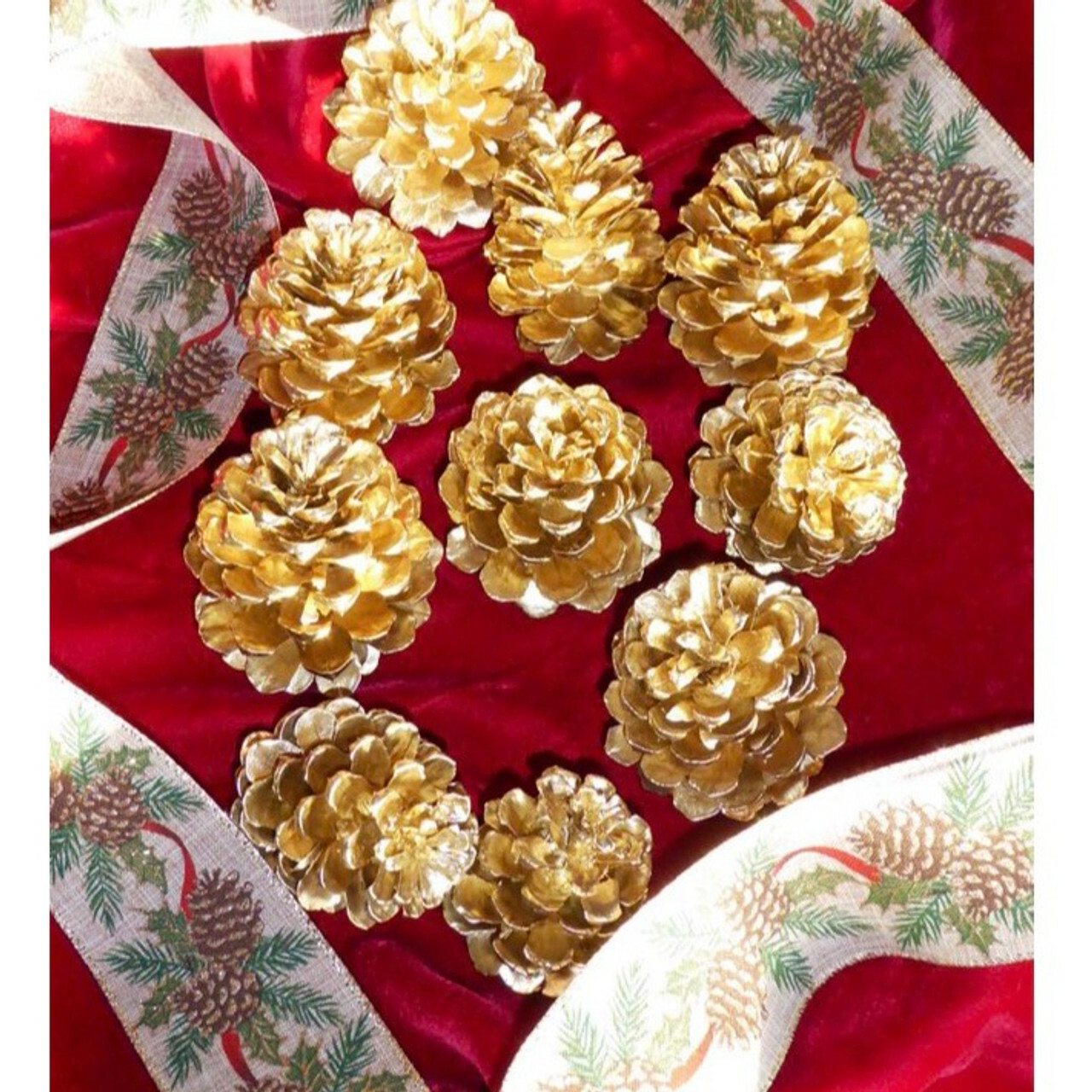 Large Pine Cones
Large Pine Cones
 Live Mistletoe
Live Mistletoe
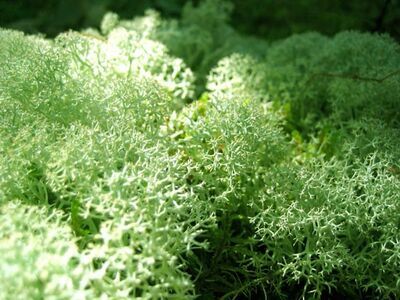 Moss
Moss
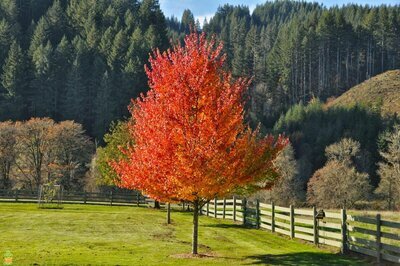 Shop Trees By Zone
Shop Trees By Zone
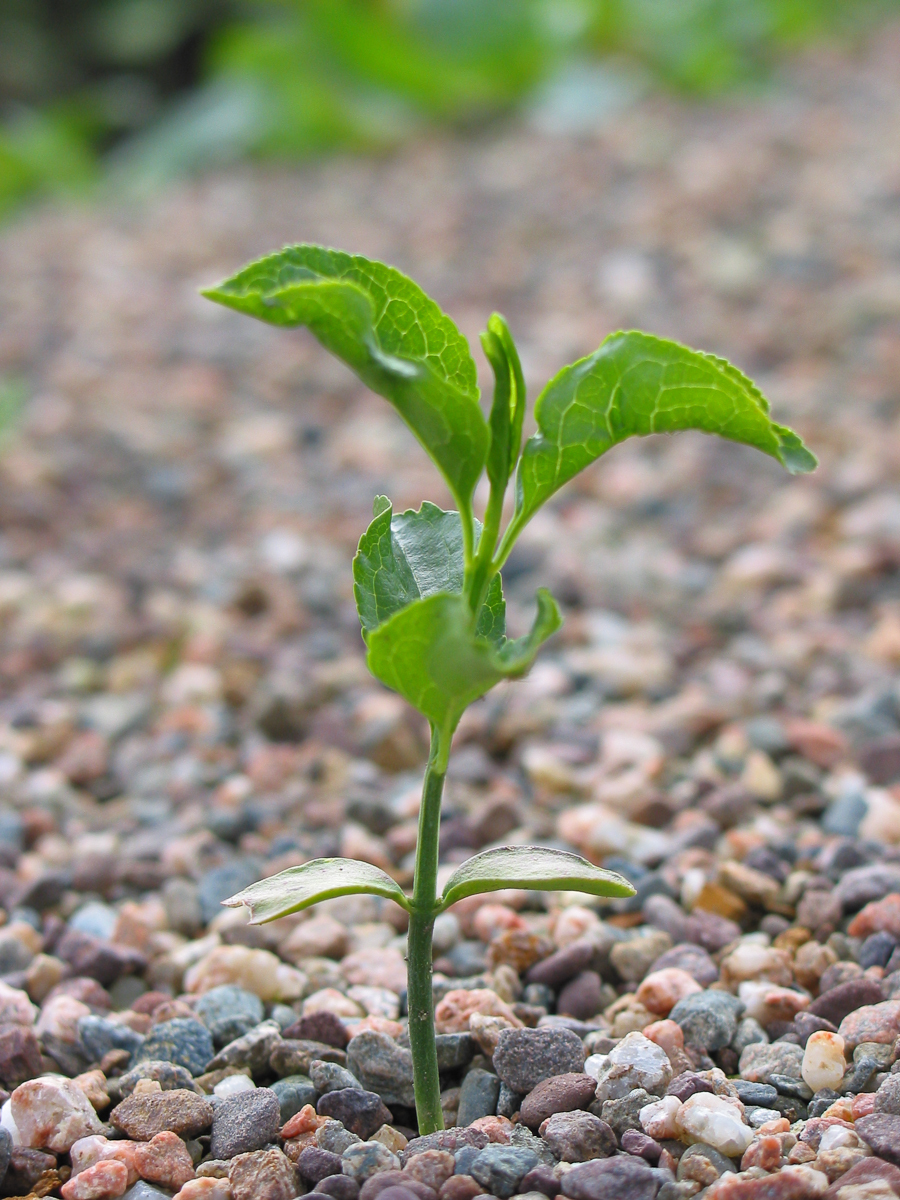 Tree Seedlings
Tree Seedlings
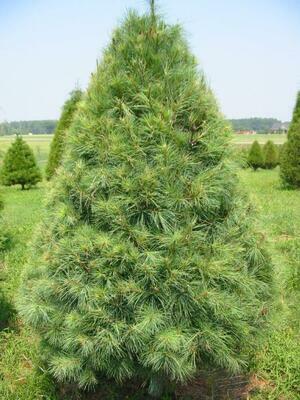 Fast Growing Trees
Fast Growing Trees
 Pine Trees
Pine Trees
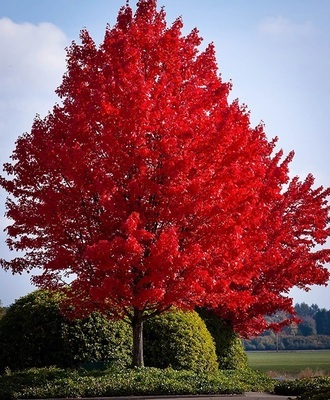 Live Stakes
Live Stakes
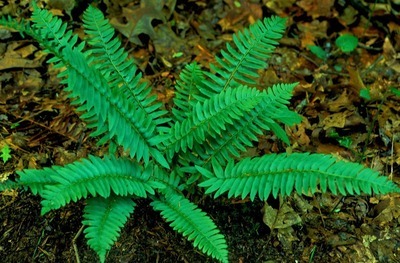 Evergreens
Evergreens
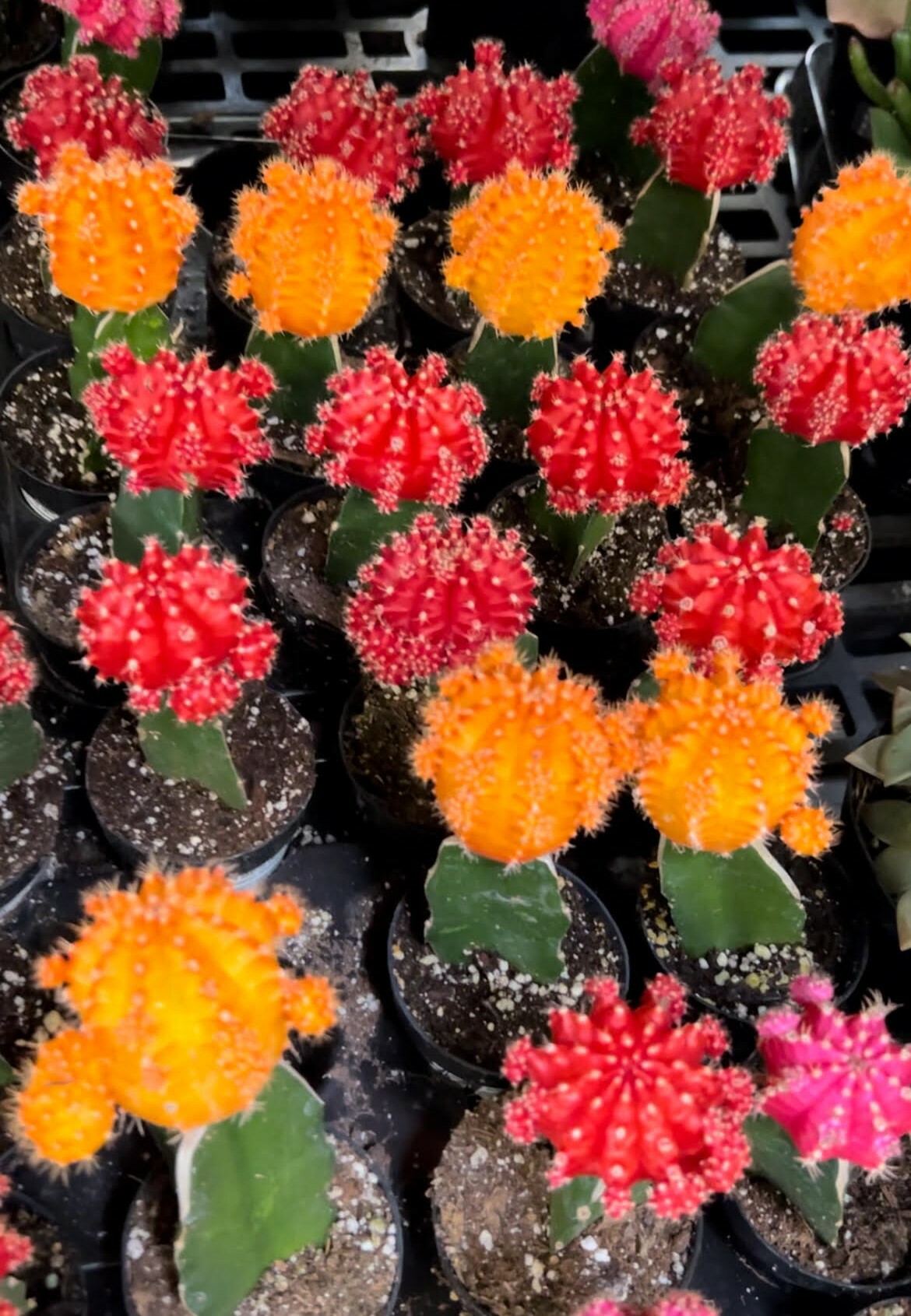 Cactus
Cactus
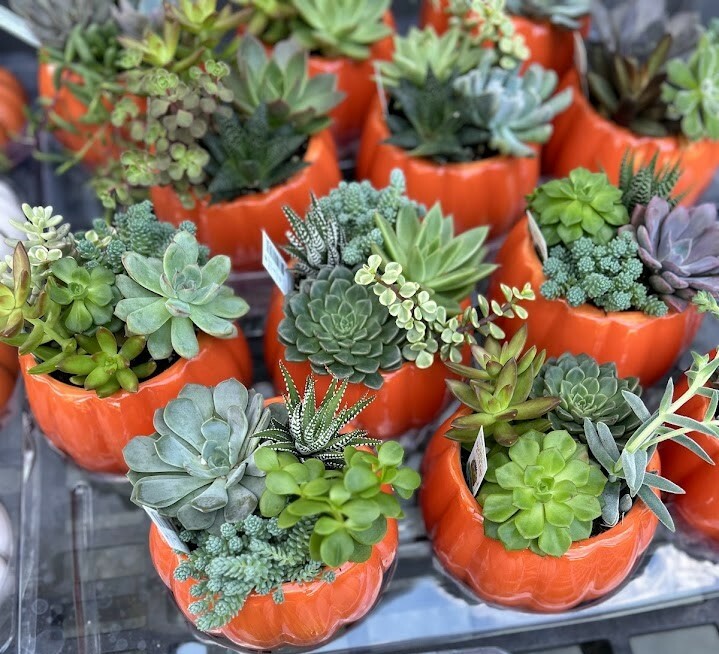 Combos
Combos
 Echeveria
Echeveria
 Haworthia
Haworthia
 Sedum - Stonecrop
Sedum - Stonecrop
